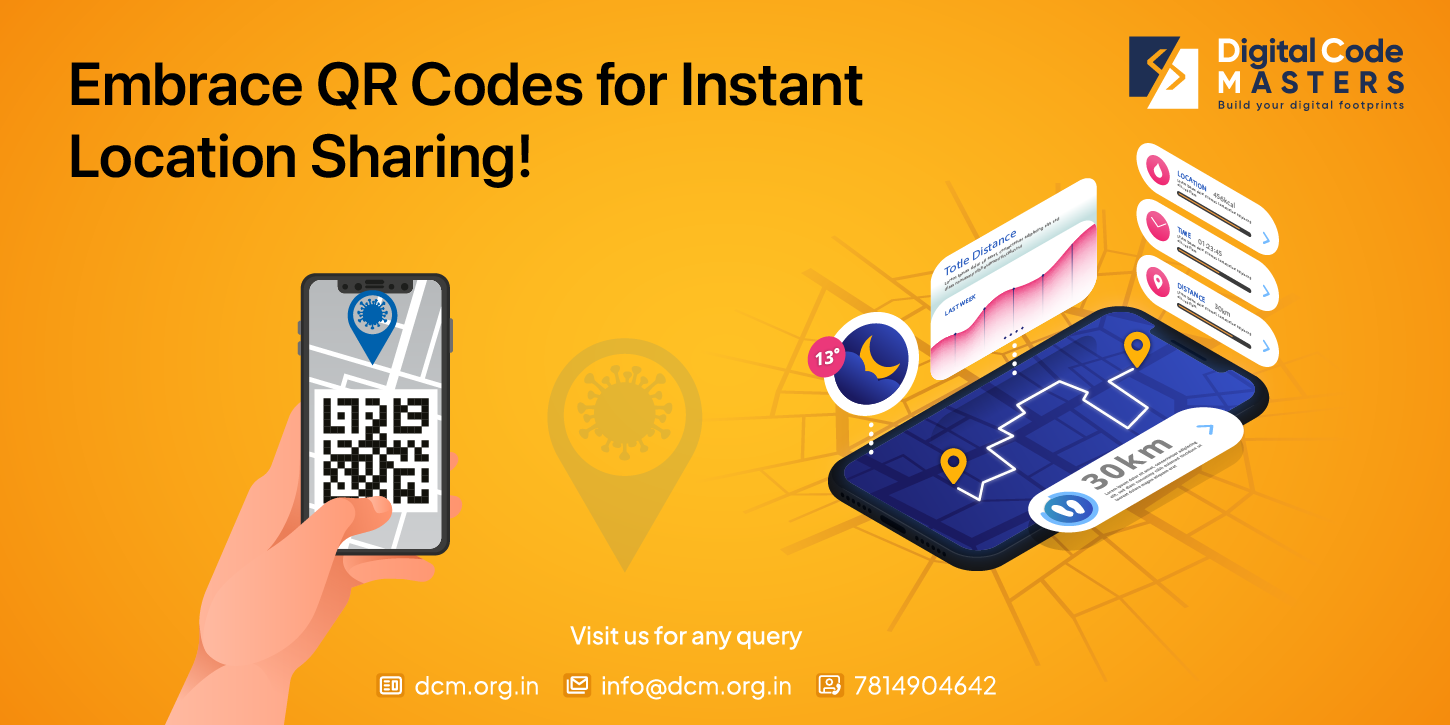
The Evolution of QR Codes
In today’s fast-paced digital world, the need for seamless navigation has become more crucial than ever before. With the rise of smartphones and the increasing reliance on technology, businesses and individuals are constantly seeking innovative solutions to enhance user experiences. One such solution that has gained significant traction in recent years is the use of QR codes.
QR codes, short for Quick Response codes, were first developed in Japan by a subsidiary of Toyota in the mid-1990s. Initially used to track vehicles during the manufacturing process, these codes quickly evolved to become a versatile tool for various applications, including marketing, payments, and most importantly, navigation.
The Power of QR Codes in Navigation
QR codes offer a unique combination of convenience, efficiency, and simplicity when it comes to navigating physical spaces. With just a simple scan using a smartphone camera, users can instantly access relevant information, directions, and even interactive experiences.
One of the key advantages of QR codes in navigation is their ability to bridge the gap between the physical and digital worlds. By incorporating QR codes into signage, maps, and other navigational aids, businesses and organizations can provide users with real-time information and personalized experiences. Whether it’s finding the nearest restroom in a large shopping mall or navigating a complex museum exhibit, QR codes offer a seamless and intuitive solution.
Moreover, QR codes eliminate the need for users to type in lengthy URLs or search for specific locations manually. With just a scan, users can be directed to a website, a specific point of interest, or even make a reservation. This not only saves time but also reduces the chances of errors or confusion that may arise from manual input.
QR Codes in Various Industries
The adoption of QR codes for navigation is not limited to a particular industry. From retail and hospitality to healthcare and transportation, businesses across various sectors are recognizing the benefits of incorporating QR codes into their navigation systems.
In the retail industry, for example, QR codes can be used to provide customers with detailed product information, pricing, and availability. By simply scanning a code, shoppers can access reviews, compare prices, and make informed purchasing decisions. This not only enhances the shopping experience but also empowers customers with the information they need to make confident choices.
In the healthcare sector, QR codes can be utilized to streamline patient navigation within hospitals and clinics. Patients can scan codes on their appointment letters or signage to quickly find their way to the correct department or doctor’s office. This reduces stress and anxiety, particularly for those visiting unfamiliar medical facilities.
Transportation hubs, such as airports and train stations, can also benefit from the integration of QR codes. Passengers can scan codes on boarding passes or digital displays to access real-time updates on gate changes, delays, and other important information. This ensures a smooth and hassle-free travel experience for passengers.
The Future of QR Codes in Navigation
As technology continues to advance, the potential applications for QR codes in navigation are only expected to grow. With the advent of augmented reality (AR) and the Internet of Things (IoT), QR codes can be integrated into immersive experiences and connected devices, further enhancing their functionality and usability.
Furthermore, the ongoing COVID-19 pandemic has accelerated the adoption of contactless solutions, and QR codes have emerged as a safe and convenient option for navigation. With minimal physical contact required, QR codes offer a hygienic alternative to traditional touch-based interfaces.
In conclusion, the rise of QR codes for seamless navigation is imperative in today’s digital landscape. With their ability to bridge the gap between physical and digital worlds, QR codes offer convenience, efficiency, and personalized experiences. As businesses and individuals continue to embrace the power of QR codes, the future of navigation looks increasingly connected and user-friendly.




